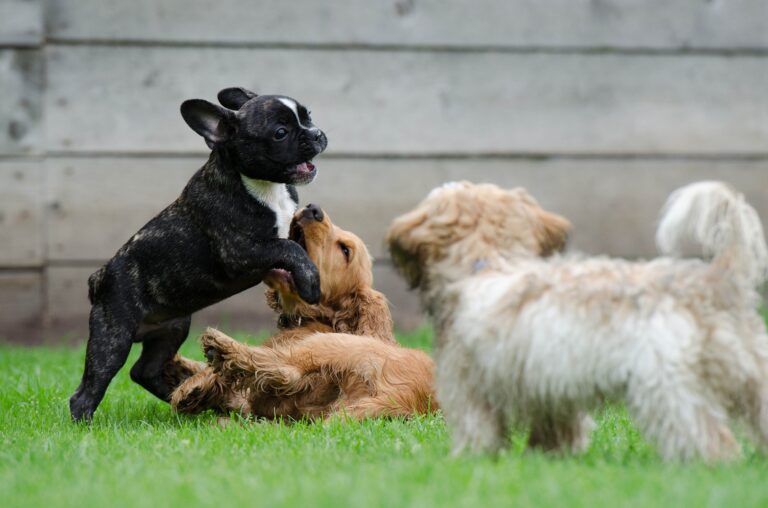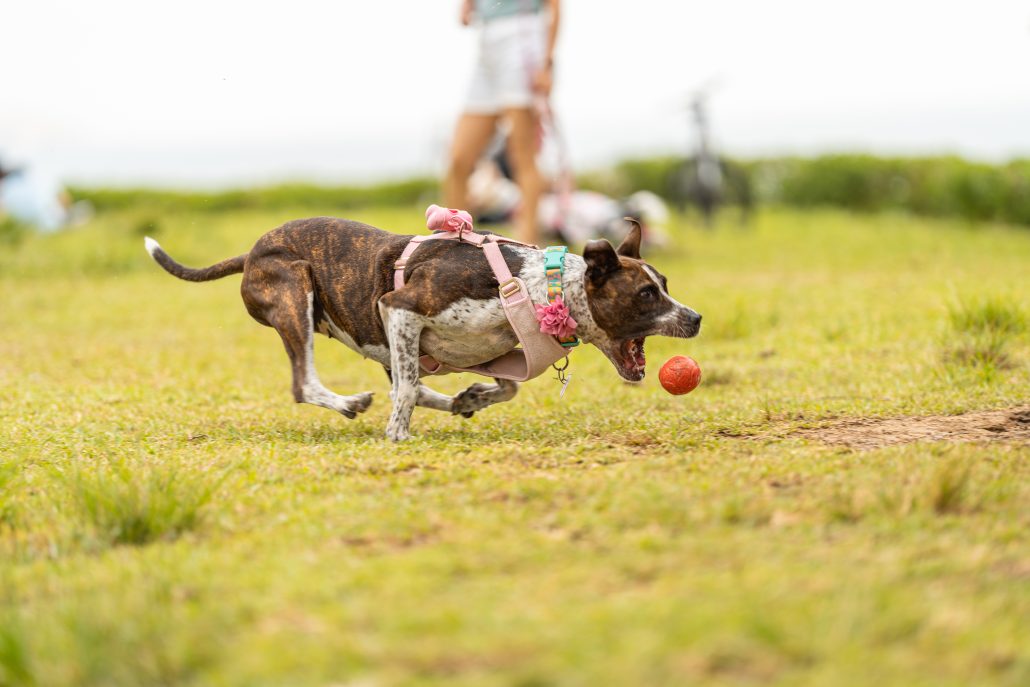Ever wondered how to keep your furry friend mentally stimulated while having a blast? Creating pet-friendly escape rooms is the answer to unlocking your dog’s hidden potential and preventing boredom-related behaviors. Just like humans, dogs need mental exercises to stay happy and healthy. In fact, mental stimulation is just as crucial as physical exercise for your four-legged companion’s overall well-being. Ready to transform your home into an exciting puzzle paradise for your pup? We’re about to dive into essential tips for setting up engaging escape rooms that will: • Challenge your dog’s problem-solving abilities • Prevent destructive behaviors • Boost their confidence and independence • Create stronger bonds through interactive play Whether you have a clever Border Collie or a playful Pug, these expert-approved tips will help you design the perfect mental workout space tailored to your dog’s unique needs and abilities.
Essential Components of a Dog Escape Room
Safety Considerations
When setting up a dog escape room, safety should be your top priority. Start by carefully selecting interactive toys and puzzle games that are appropriate for your dog’s size and chewing habits. Ensure all components are made from durable, non-toxic materials that can withstand your pet’s enthusiasm.
Remove any small parts that could become choking hazards, and regularly inspect toys for wear and tear. Avoid using items with strings or ribbons that could entangle your furry friend. Place obstacles and challenges at a height that won’t risk injury if your dog jumps or climbs.
Consider using a snuffle mat as a safe starting point – it’s an excellent way to introduce your dog to problem-solving activities while keeping them secure. Always supervise your pet during their escape room adventures to prevent any accidents.
Space Requirements
The ideal space for a dog escape room doesn’t need to be enormous, but it should provide enough room for your pet to move freely. A minimum area of 8×8 feet works well for most dogs, though larger breeds may need more space to maneuver comfortably.
Choose a well-ventilated area with good lighting and non-slip flooring. This could be a spare room, a section of your living room, or even a designated corner of your garage. The space should allow for various stations where you can set up different challenges using interactive toys and puzzle games.
Consider creating different zones within the space – one for physical activities, another for mental challenges, and a quiet area where your dog can take breaks. Ensure there’s enough room to incorporate a snuffle mat without it getting bunched up or creating tripping hazards.
Remember to keep the space clutter-free and maintain clear pathways between activities. This helps prevent accidents and allows your dog to focus on the challenges rather than navigating around obstacles.
Interactive Puzzle Stations
Mental stimulation through interactive puzzles is a fantastic way to keep your dog engaged and mentally sharp. These puzzle stations can transform ordinary playtime into an enriching experience that challenges your furry friend’s problem-solving abilities.
Interactive puzzles come in various forms, from simple treat-dispensing toys to complex multi-step challenges. The key is to start with easier puzzles and gradually increase the difficulty as your dog becomes more proficient. This progressive approach helps maintain their interest while building confidence.
DIY Puzzle Ideas
Creating your own pet puzzle stations doesn’t have to be complicated or expensive. Start with a muffin tin filled with tennis balls and hidden treats underneath. This simple food puzzle encourages your dog to figure out how to remove the balls to access their rewards.
Another engaging option is the towel roll puzzle. Simply roll treats in a towel and let your dog work out how to unroll it. You can also create a box puzzle by placing treats in small cardboard boxes nested within larger ones, challenging your dog to open them systematically.
The benefits of puzzle toys extend beyond mere entertainment. These interactive challenges:
– Reduce anxiety and destructive behavior
– Improve problem-solving skills
– Boost confidence and independence
– Provide mental stimulation during indoor days
– Help slow down rapid eaters
When setting up puzzle stations, rotate different types of interactive puzzles to maintain novelty and interest. Place them in various locations around your designated escape room area to encourage exploration and movement.
Remember to supervise your dog during puzzle play, especially with new challenges. This ensures safety and allows you to offer encouragement when needed. Start with shorter sessions and gradually increase duration as your pet becomes more experienced with puzzle-solving activities.
Training Elements to Include
Mental stimulation through training is essential for your dog’s growth and development. When designing escape room challenges, incorporating various training elements can make the experience both fun and educational. Start with basic obedience training commands your dog already knows, then gradually introduce new challenges to keep them engaged and learning.
Progressive Difficulty Levels
Begin with simple tasks that build on your dog’s existing knowledge. For instance, if your dog knows the basic ‘sit’ command, you can teach them a new trick like ‘stay’ while you hide treats around the room. This progressive approach helps maintain their confidence while learning each new skill.
As your dog masters one level, increase the complexity by combining multiple commands or extending the duration of exercises. You might introduce a dog trick that requires them to find specific toys or navigate through obstacles to reach their reward. This gradual progression prevents frustration and keeps them motivated.
Remember to celebrate small victories and provide consistent positive reinforcement. When your dog successfully completes a new challenge, reward them immediately. This reinforces the behavior and encourages them to tackle more complex tasks in future sessions.
Consider incorporating problem-solving elements that challenge your dog’s cognitive abilities. For example, teach them to open containers, pull ropes, or push buttons to access rewards. These activities not only provide mental stimulation but also help develop their problem-solving skills.
Mix physical and mental challenges to create a well-rounded experience. You might set up a sequence where your dog must complete a basic obedience training command before solving a puzzle or finding a hidden treat. This combination keeps them physically active while engaging their mind.



